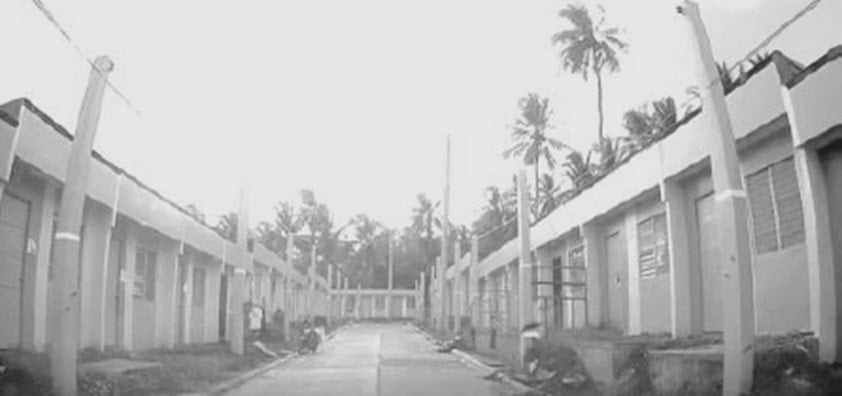Two in five individuals do not want to live in socialized housing, saying the units are too small, poor in quality, and still unaffordable
14 Nov 2025

The most common housing concerns in the Philippines are affordability and supply. In response, the government divided the housing market into different segments – high-end, middle-cost, economic, and socialized housing – and set price caps for each category to ensure that low-income earners can access affordable options. However, there were compromises in the design standards, especially in the economic and socialized housing categories. Sold at relatively lower prices, these housing units follow design specifications inferior to those prescribed by the National Building Code.
While the government responded with guidelines to control housing costs, it failed to consult target users to determine whether these guidelines are adequate for their needs. This study aims to provide significant feedback to government housing agencies to help improve current housing standards.
Since socialized housing has become the most sought-after type of housing for low-income families, this study asked 401 respondents living in Davao City in any housing accommodation except socialized housing whether they found the current socialized housing in the city satisfactory and whether they were willing to move into such a neighborhood. About six out of 10 respondents found the housing product satisfactory and were interested in moving into a socialized housing development. This affirmed the Ambisyon Natin 2040, reflecting the Filipino family’s primary goal of homeownership.
However, the remaining respondents who did not wish to avail of socialized housing were not convinced that the current supply was satisfactory. They reasoned that socialized housing is too small for an average Filipino family. Issues about substandard quality and expensive selling price were also highlighted as areas for improvement. This study emphasizes the crucial need for the government to prioritize the voices of potential users to ensure that housing projects match their needs.
Author: Micah Amor P. Yares (Department of Architecture, College of Humanities and Social Sciences, University of the Philippines Mindanao)
Read the full paper: https://www.scopus.com/pages/publications/85211124753
